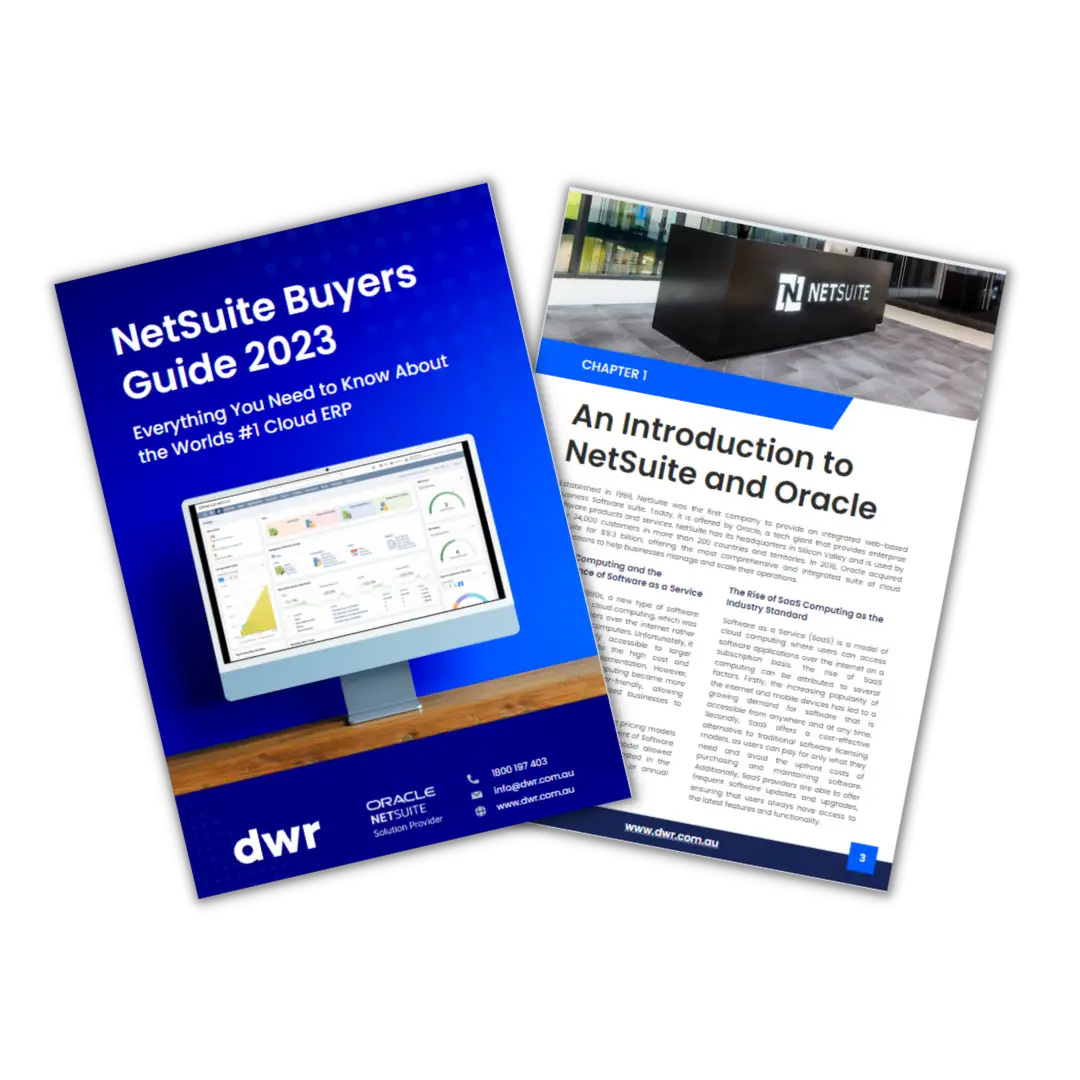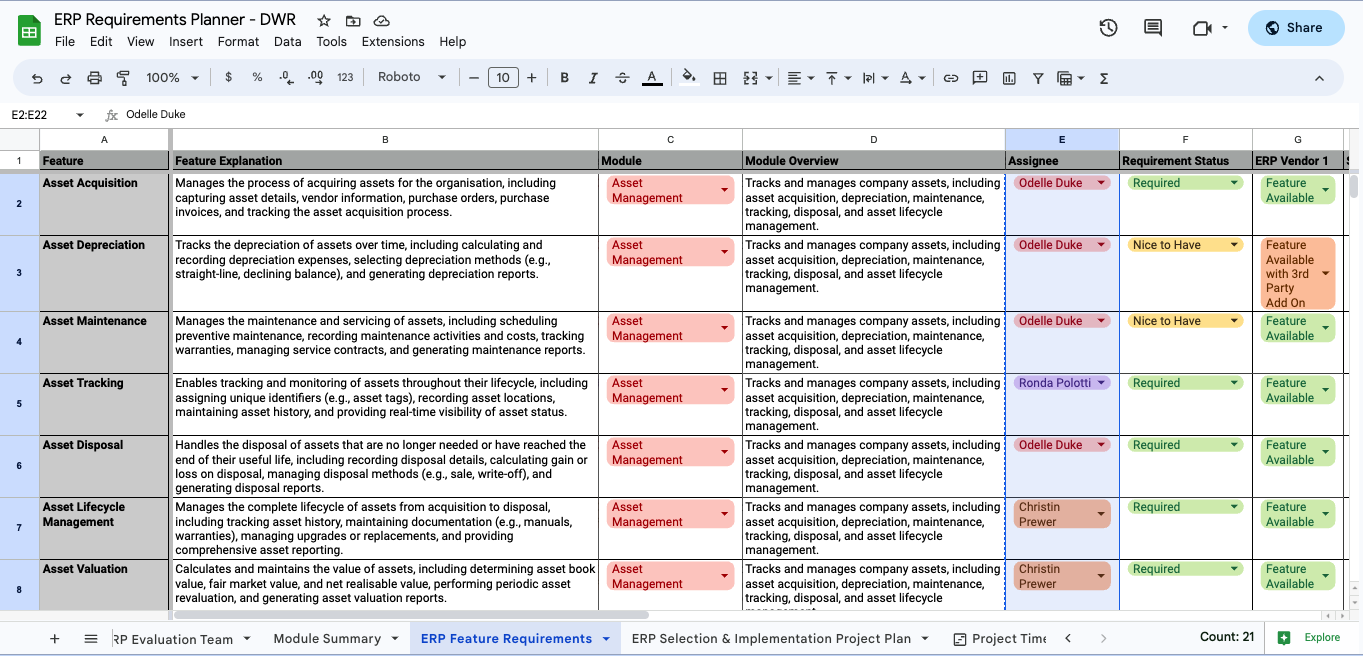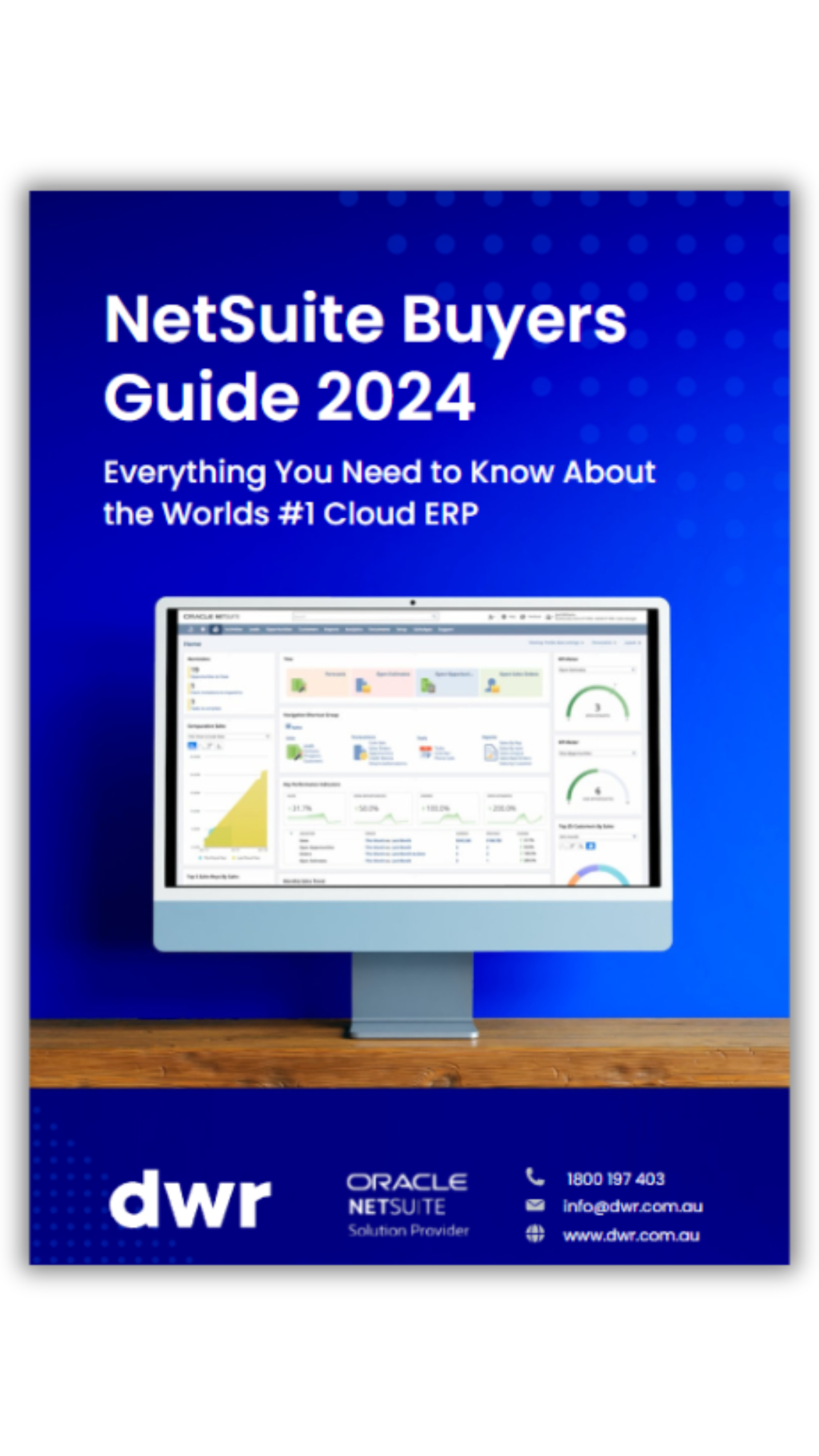Manufacturing Resource Planning (MRP) data is a crucial tool for manufacturers to optimise production schedules, manage inventory, and improve supply chain efficiency. It provides valuable information about a company's production schedule, inventory levels, and supply chain performance.
The purpose of this article is to guide manufacturers through the process of collecting, analysing, and utilising MRP data to improve operations.
Understanding MRP Data
Manufacturing Resource Planning (MRP) data is a critical component in modern manufacturing operations. It helps companies optimise their processes, streamline production, and reduce waste. By analysing MRP data, businesses can unlock the full potential of their manufacturing operations and make informed decisions to improve efficiency and profitability. In this article, we will discuss various key performance indicators (KPIs) and metrics related to MRP data and explore how businesses can leverage these to improve their manufacturing operations.
Common KPIs for Manufacturers
Production Output: the amount of product produced within a specified time period.
Production output is a primary measure of a manufacturing operation's success. By monitoring output data, businesses can identify bottlenecks, inefficiencies, and opportunities for improvement. Comparing output data against industry benchmarks or historical trends allows for more accurate resource allocation, enabling businesses to optimise production and maximise profitability.
Quality Metrics: the number of defects or non-conformance identified during the production process.
Quality metrics are crucial for maintaining high standards and ensuring customer satisfaction. By analysing defect rates, companies can identify potential issues in their production processes and implement corrective actions to minimise waste and rework. Moreover, maintaining a robust quality management system (QMS) helps businesses to comply with industry standards, minimise risk, and enhance their brand reputation.
Production Efficiency: how effectively resources are used in the production process.
Production efficiency is a measure of how well a manufacturing operation converts inputs (raw materials, labour, and energy) into finished products. Efficient processes reduce waste and lead to lower costs, higher profitability, and increased competitiveness. To improve production efficiency, businesses can analyse their MRP data to identify areas of waste, underutilisation of resources, and opportunities for process improvements.
Production Lead Time: the time it takes to produce a finished product from raw materials or components.
Shortening production lead times can help companies respond more quickly to customer demands and market changes. By analysing production lead time data, businesses can identify bottlenecks and inefficiencies in their supply chain and production processes, which can be addressed to improve overall performance. Reducing lead times can also lower inventory holding costs and improve cash flow.
On-Time Delivery: how well the company is able to deliver products to customers on or before the promised delivery date.
On-time delivery is a crucial factor in maintaining customer satisfaction and ensuring repeat business. Analysing on-time delivery data helps companies identify areas where their supply chain and production processes can be improved to meet customer expectations. By improving on-time delivery performance, businesses can enhance their reputation, strengthen customer relationships, and increase their market share.
Inventory Turnover: the number of times inventory is sold and replaced within a specific period.
A high inventory turnover rate indicates that a company is effectively managing its inventory levels and selling products quickly. Analysing inventory turnover data can help businesses identify optimal stocking levels, improve order fulfilment, and minimise carrying costs. By optimising inventory management, companies can reduce costs, increase cash flow, and maintain a competitive edge.
Machine Utilisation: the percentage of time a machine is in operation as compared to the amount of time it could be in operation.
Maximising machine utilisation is essential for improving production efficiency and reducing costs. By analysing machine utilisation data, businesses can identify underused equipment, schedule maintenance to minimise downtime, and make better-informed decisions about capital investments. High machine utilisation rates also contribute to reducing lead times and increasing overall production output.
Order Cycle Time: the time it takes to complete an order from receipt to delivery.
Reducing order cycle times can help companies become more responsive to customer needs and improve overall customer satisfaction. By analysing order cycle time data, businesses can identify inefficiencies in their order processing and fulfilment systems and implement process improvements to reduce delays. Streamlining order cycle times can lead to increased customer loyalty, repeat business, and a competitive advantage in the marketplace.
Sales Forecasting: the accuracy of predictions of future sales that are used to plan production schedules and inventory levels.
Accurate sales forecasting is critical for effective inventory management, resource allocation, and production planning. By analysing historical sales data and using advanced forecasting techniques, companies can make more informed decisions about production levels, inventory stocking, and resource allocation. Improved sales forecasting can help businesses reduce stockouts, minimise excess inventory, and ensure they are better prepared to meet customer demand.
Customer Satisfaction: the level of satisfaction of customers which can be used to identify areas for improvement in product quality, delivery times, and customer service.
Customer satisfaction is a key determinant of a company's success and growth. By analysing customer feedback and satisfaction data, businesses can identify areas where they can improve their products, services, and overall customer experience. This information can be used to guide process improvements, employee training, and product development, ultimately leading to higher customer retention rates, increased sales, and a stronger brand reputation.
Importance of Accurate MRP Data
Getting accurate MRP data is essential for making informed decisions about manufacturing production schedules, inventory levels, and supply chain efficiency. Without accurate data, manufacturers may struggle to meet customer demand, leading to stock outages or overproduction.
For companies who choose to track and analyse their manufacturing data, a wealth of insights become available. However the key to success here is knowing what data to track, where to store this data, and which tools you need to analyse it to gain those insights.
Collecting MRP Data
Steps for collecting MRP data
- Identify Potential Data Sources - Determine where MRP data is available/stored and how it can be accessed in a way that allows it to be structured alongside data from other sources.
- Gather data - Collect the data from the identified sources. It's best to decide on a single format for extraction to assist with collating data into a single source of truth.
- Clean and organise data - Ensure that the data is accurate, complete, and in a format that can be easily analysed, or loaded into a MRP solution that can provide more detailed and accurate points of analysis.
Analysing MRP data
Once your data has been collected, cleansed and combined into a single source, analysing this data becomes the next challenge. There are a number of data analytics tools available that will help you to delve deeper into the numbers than is possible with tools such as Excel. NetSuite Manufacturing ERP is one of those solution.
Data analytics tools provide the ability to drill down into data to gain an understanding of trends and correlations between different metrics, as well as identify potential issues in your manufacturing processes, highlighting potential areas for improvement.
These insights can then be used to make decisions on how best to improve production schedules, inventory levels, customer service, and more.
Consider Working with a MRP Expert to Revolutionise Your MRP Data Collection and Analysis Capabilities
DWR Consulting is a leading NetSuite partner, specialising in helping Aussie manufacturers to modernise their MRP processes and systems to support the needs of their growing business with NetSuite Manufacturing Edition.
We work with our clients to automate their MRP data collection processes, and provide tailored analytics solutions that unlock valuable insights on production performance, inventory efficiency and more. Contact us today to learn more about NetSuite solutions for manufacturing.
.svg)

.avif)














































